I first saw 108 in sticker form in the suburbs of Alexandria, it was the early 2000s. Years later I met him in person thanks to contacts in common and I edited him in some events between 2012 and 2015. Guido Bisagni is one of the most recognizable and known contemporary Italian artists abroad; his work and his research have
something mythical and magical: his black, like his forms, are unmistakable. He is an artist of another dimension, with that rare humility of human beings who do not need to prove anything.
I wanted to make it clear who you are, but I didn’t want to rehire him, describing you with the title of a work of art.
It is very difficult to find just one, both in style and subject, however, I think I feel empathetically close to the Misanthrope of Bruegel the Elder. In recent years I don’t dress more in black, almost never, and I’m trying to look at the world with more detachment, without being influenced by events. That painting, however, is a perfect description of how the world works – today more than ever – and of my position among human beings.
Everything has been said about painting. In your opinion, what role does it play in our society?
Painting is always the most immediate of the arts, it exists since man appeared on earth and will exist forever, varying styles and means. Today we live in a very superficial period, everything is based on quantity and painting reflects this situation: it could open a very long discourse, with the risk of saying even more banal things. Personally, I think it is a historical moment in which all valuable art is more than ever a separate thing from what they propose and impose the market and the circuit of art. Moreover, it is not easy to say what painting is today, because many compositions and digital graphic elaborations are, in fact, paintings at the service of the market or politics. I think that the pure arts, not only painting, have today a fundamental role for humanity, which, after all, is what it always is: destabilize, disturb, awaken souls in a deep but irrational way. So painting, especially if “physical” – made with hands and matter – should play that role.
Eastern and Western painting meet well in your path. How important is it to know to paint?
Nothing I do is established and planned rationally. Inside my works I put everything; talking only about painting is reductive for me. For me painting is like composing a piece of music, and that’s why my painting is (almost) always abstract. From this point of view, if I think about it, I feel I am European and I am Eurasian and, in fact, I find it difficult to distinguish the geographical border between Europe and Asia. I have never given importance to the borders between the different European states and over the years, after several trips, I realized that I have very strong links with the East, while I always feel out of place in countries like the United States, although “Western”even though their influence on us is so strong. Especially when I look at my previous work, there’s always some connection to the East of the Old World.
How did the pandemic affect your work?
My life, from a purely working point of view, has not changed much. I generally spend my days alone in the studio (which is in the house) and that’s what I’ve been doing all through the pandemic period. At first, because of the anguish of the first weeks and then the gradual relaxation due to the acceptance of not being able to move, I found myself working more than usual and, incredibly, job offers and requests are, at certain times, increased. I read a lot, as I had not done for years, and I started dedicating a short space of my day to some meditation exercises. On a practical level, at that time, I think I’ve done some of the most important jobs of my life.
When I look at your works I always think that the mystical element is an important element in your way of painting, how much are you influenced by it?
Those who know me know that for me art is basically magical and spiritual. I just can’t make sense of it if I don’t see it that way, the more the years go by and the more that waits becomes clear. The mystical side is fundamental in my vision of the world, everything is magical and I’m sorry that put down so the thing sounds banal. I don’t like to talk so much about my private life and not even try to explain my work accurately. However, I feel obliged to do so: I have had this good fortune, without seemingly having the social possibilities to do so, of having spent much of my life painting for at least the last ten years and many times I feel indebted to this. First of all, if I hadn’t had this vision of the world, I would have probably gone crazy in the last few years, which for me has been quite difficult, and then I think, every day more, that we have forgotten that the artist should first of all make art, not talk about it. If what I do was possible to explain with a text then I would be an essayist. You used the word mystic, which I like a lot, which is linked to the word mystery, the Mystery with a capital M is fundamental for me in the arts. The arts must keep a side that is not rationally explainable, that part that makes you move in front of a painting by Segantini or Malevič. My background is scientific; I am a particularly practical person, but I am not a machine.
Is there a place that you identify as the beginning of your journey and your work?
I had never thought about it, but I can see it clearly now: a laboratory room in the courtyard that, when I was a child, the landlady left to my grandfather to do his chores. It was a small space and full of pieces of wood and other recovered material, with which he did everything: from fixing anything that broke to building small objects. In particular, he had built much of the setting for a model for trains that he never managed to finish, with mountains, galleries and castles. As a child I did not understand why, despite his great dexterity and technical ability, his creations were never completely realistic. He lost himself in very detailed finishes and other details that were bizarre, but over the years I realized that in that way, without being aware of it, he was a real artist: he created his world. My grandfather was a person of low social class: he had made the war and passed between the presses in the factory all the rest of his life, but he always had an elegance and interests that went beyond his social status. He had many books and, although he had only travelled as a soldier and prisoner during the war, he was fascinated by distant countries. In that room, with him, I started to do my first jobs, to paint, to marvel at the strangest things, but also not to be satisfied with the place that this company had prepared for me. If I look at my studio today, it actually reminds me a lot of that place.
How important is the search for the “me” in your path?
This is a very difficult question: first you should understand what “I” means. Ever since I decided to use a number as a name, I more or less consciously started a kind of struggle with my ego. In my work there is a research that delves deep, I tried to eliminate the most vulgar social influences, but also certain aspects culturally acquired, but it is very difficult. Many think of meditation as a bizarre practice, as a way to set a tone or as a waste of time. But also thanks to those few minutes, I think I managed to have the first very small fruits: I began to recognize not only the body, but also the mind, as something separate and external to “me”. In some cases, this has been very useful for me to consider myself a better person than I was a few years ago. That said, I keep saying and doing wrong things and being a slave to the most basic instincts. My work gives me incredible joys and upscale anguish. The very fact of calling it “work” is functional but not exact, because it is an aspect indivisible to myself. This is, I repeat, an important but very difficult question.
I recently reread Gurdjieff’s “Fourth Way” and I have this question for you: how much philosophy and literature can you meet in your painting?
I never studied philosophy, I didn’t go to high school, it’s something I regret and I found out I wanted to be late. However, in some ways the passion that emerges out of self-interest is even greater and so it’s okay. In any case it is obvious that philosophy and literature are very present in my works. Some of the titles of my works are simply tributes to writers who at that time were important and I always wonder how many have noticed. As for Gurdjieff, I know him too superficially to talk about it. You are not the first to mention it and several friends have recommended it over the years, but I have never deepened and I regret it. In the past I had a much darker vision, perhaps linked to the ‘900, in recent years I have approached other things, those who followed me will surely have noticed my fascination for orphism or Buddhism. At all levels, I realized that the characters I appreciate most are sobriety and kindness, while I despise violence of all kinds more and more every day. I hope that this is seen in my work and it is something that I try to apply to every aspect of my life even if with great difficulty: it is a very difficult path.
If you weren’t an artist, what would you like to be?
I’m interested in architecture and urbanism. I tried to be a designer and a graphic designer, but it wasn’t the right place and time. Sooner or later, in this or another life, I might even become a monk. Other times, I think about how I’d like to have my own little vegetarian restaurant in the hills.
Have you ever thought about using digital media for your artistic journey?
The digital medium can be very useful to simplify the work: for videos, for example, and also to make and record music, I have happened many times to use the computer. To paint instead I do not think it would be useful because the physical contact, the density of colors, the immediacy of taking a brush or a pencil or other, and simply draw are still the best for me.
If you could choose a historical or fantasy character to be included in your work, who would you choose and why?
Somehow I put several of them, remembering them with a note to the side, hidden between small flying letters or through the title of a work. It happened with Orpheus for example, while the last and most bizarre I think was Abul Abbas, the elephant of Charlemagne, whose story particularly struck me.
Info:
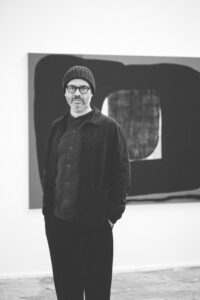 Guido Bisagni, 108. Courtesy: the artist
Guido Bisagni, 108. Courtesy: the artist
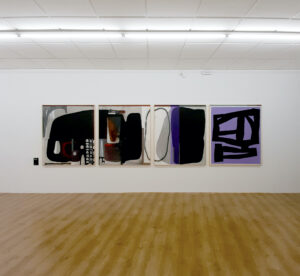 108, Season in the size of days (morning, afternoon, evening, night), 2020, painting on canvas (full installation 120 x 510 cm (4 x 140 x 120 cm), installation view at Swinton gallery, Madrid, solo show Hacia Las Nubes, 2021, courtesy the artist
108, Season in the size of days (morning, afternoon, evening, night), 2020, painting on canvas (full installation 120 x 510 cm (4 x 140 x 120 cm), installation view at Swinton gallery, Madrid, solo show Hacia Las Nubes, 2021, courtesy the artist
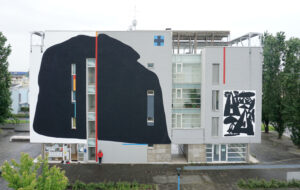 108, Wallpainting, 2019 painting on wall, Quartiere Violino – Brescia (IT)
108, Wallpainting, 2019 painting on wall, Quartiere Violino – Brescia (IT)
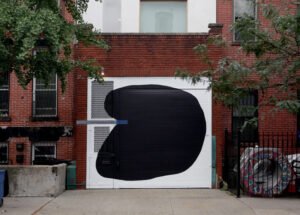 108, Brooklyn New York, 2019 outdoor painting x Lacasapark.art at VonDalwig
108, Brooklyn New York, 2019 outdoor painting x Lacasapark.art at VonDalwig
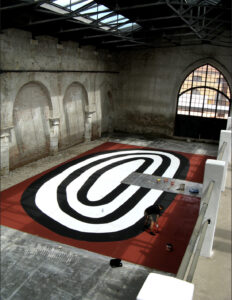 108, floor painting in Venezia for on the occasion of the WALLS project by Fondazione Bevilacqua La Masa, 2005, courtesy the artist
108, floor painting in Venezia for on the occasion of the WALLS project by Fondazione Bevilacqua La Masa, 2005, courtesy the artist
 108, Folding #3, mixed media on paper, 64,5 cm x 50 cm, 2020, courtesy the artist
108, Folding #3, mixed media on paper, 64,5 cm x 50 cm, 2020, courtesy the artist
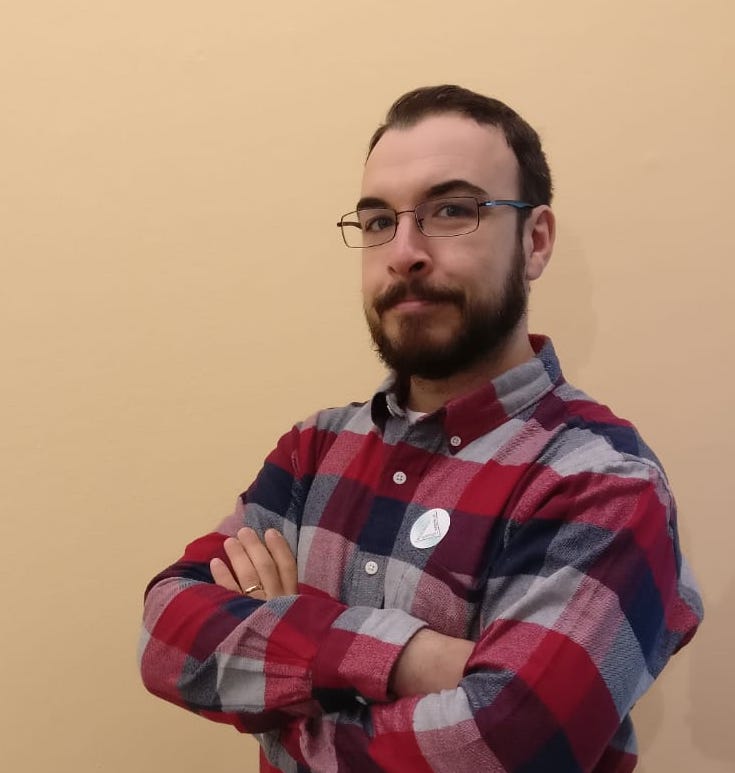
Independent artist and curator. Founder of No Title Gallery in 2011. I observe, study, ask questions, take informations and live in contemporary art, a real stimulus for my research.




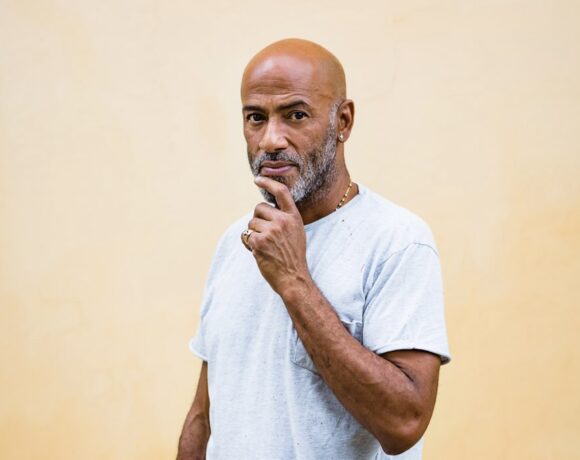

NO COMMENT